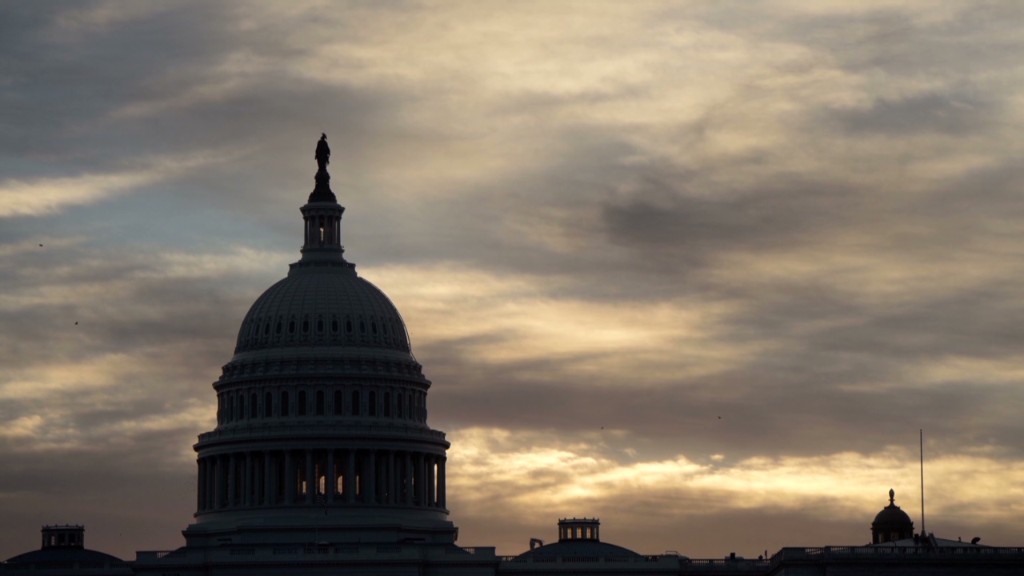
If you thought this year's cuts to preschoolers, senior meals and medical research were bad, get ready for more.
The two-week U.S. government shutdown may have ended and the U.S. didn't default on its debt. But the deal passed by Congress late Wednesday night allows the series of unforgiving budget cuts, also known as sequester, to continue through Jan. 15.
That's not good for the economy.
The nation has been operating on a shrunken budget, slashed by $80 billion in forced spending cuts since March 1. And already, the so-called sequester has dragged down economic growth, experts say.
As government workers returned to work Thursday, Defense Secretary Chuck Hagel warned employees that the economic pain could continue for his agency, because "Congress did not end the budget uncertainty that has cast such a shadow ... over this Department for much of the year."
The Bipartisan Policy Center too warned in a report this month that widespread economic pain is already beginning to kick in, as the money (or lack of it) is finally starting to pinch.
The brunt of the cuts have fallen in areas like medical and science research funding and services that help the poor, sick and elderly.
Related: Punting on budget likely leads to another stalemate
The sequester slashed 57,000 children this fall from the rolls of Head Start daycare and preschool programs, available for poor families nationwide.
About two-thirds of Meals on Wheels programs had to reduce the number of meals they served, by an average of 364 meals per week, a survey found.
The lack of government funds has also led to layoffs of hundreds of science and medical research jobs, according to a survey by the American Society for Biochemistry and Molecular Biology and 15 other scientific societies.
The cuts have also undermined federal public defenders' ability to defend those accused of federal crimes -- a constitutional right for people who can't afford a lawyer. Furloughs have delayed many cases -- prompting U.S. District Judge Richard George Kopf in Nebraska to declare: "It is time to tell Congress to go to hell."
The Bipartisan Policy Center suggests that if the cuts continue, economic impact on the defense industry will be double in 2014 what it was in 2013.
"The full brunt of the cuts hasn't hit, and if we go down the sequester path for too long, we won't be able to reverse the devastating impacts," according to the report.
Related: Congress needs to sit down and negotiate over a budget
Congress' deal ended the 16-day partial government shutdown, raised the government's ability to borrow and funded the government at the current, curtailed levels through Jan. 15.
The deal also directed Congress to appoint lawmakers to a conference committee to work out a budget deal for the rest of next year. That panel will decide whether sequester spending caps will continue past January.
Back in March, $85 billion in forced spending cuts kicked in. Since then, Congress gave special free passes to some agencies and industries, trimming sequester to about $80 billion in cuts. But the bulk of the cuts remain in place.
"We think if the sequester goes on for another four months, you'll have a substantial impact," said Steve Bell, a senior director at the Bipartisan Policy Center.

For defense in particular, the sequester cuts haven't been as tough as predicted, in large part because the agency's contracts can stretch out over several years. Many companies continue doing work for the U.S. government, based on contracts awarded years ago, defense experts say.
But that's about to change, warned the Aerospace Industries Association, a trade group for big defense contractors.
"The Pentagon will not have the option of using prior-year unobligated funds," the group warned in a sequester report released on Thursday. "Investment shortfalls of this scale and immediacy . . .will, over the next several years, force the defense industry to lay off thousands of employees."


